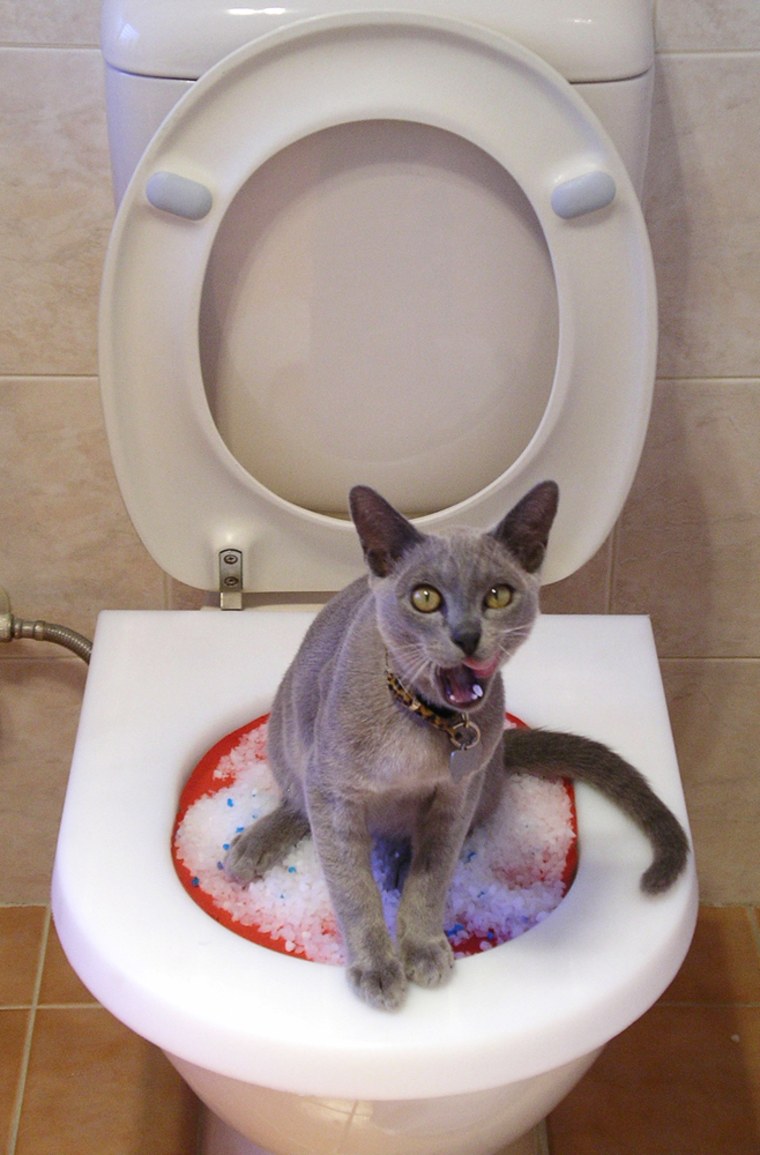Everybody maintains their own assumption involving Don’t flush cat feces down the toilet.

Intro
As cat proprietors, it's necessary to bear in mind just how we deal with our feline buddies' waste. While it might appear practical to purge feline poop down the bathroom, this practice can have destructive effects for both the environment and human health.
Alternatives to Flushing
Fortunately, there are safer and extra responsible means to throw away feline poop. Think about the following alternatives:
1. Scoop and Dispose in Trash
The most usual technique of getting rid of pet cat poop is to scoop it into an eco-friendly bag and throw it in the trash. Make certain to utilize a committed litter inside story and take care of the waste immediately.
2. Usage Biodegradable Litter
Opt for eco-friendly pet cat litter made from materials such as corn or wheat. These trashes are eco-friendly and can be securely disposed of in the trash.
3. Hide in the Yard
If you have a backyard, take into consideration hiding feline waste in an assigned location away from vegetable yards and water resources. Make sure to dig deep enough to prevent contamination of groundwater.
4. Set Up a Pet Waste Disposal System
Buy a pet garbage disposal system especially designed for feline waste. These systems use enzymes to break down the waste, minimizing smell and ecological impact.
Health and wellness Risks
Along with ecological worries, flushing cat waste can likewise position wellness threats to human beings. Cat feces may consist of Toxoplasma gondii, a parasite that can trigger toxoplasmosis-- a potentially serious ailment, especially for expectant ladies and individuals with damaged body immune systems.
Environmental Impact
Purging pet cat poop presents unsafe virus and bloodsuckers into the water system, posturing a significant risk to aquatic ecological communities. These impurities can negatively impact aquatic life and compromise water quality.
Verdict
Accountable family pet possession extends beyond providing food and shelter-- it likewise involves proper waste monitoring. By refraining from flushing feline poop down the bathroom and selecting alternate disposal techniques, we can reduce our environmental footprint and safeguard human wellness.
Why Can’t I Flush Cat Poop?
It Spreads a Parasite
Cats are frequently infected with a parasite called toxoplasma gondii. The parasite causes an infection called toxoplasmosis. It is usually harmless to cats. The parasite only uses cat poop as a host for its eggs. Otherwise, the cat’s immune system usually keeps the infection at low enough levels to maintain its own health. But it does not stop the develop of eggs. These eggs are tiny and surprisingly tough. They may survive for a year before they begin to grow. But that’s the problem.
Our wastewater system is not designed to deal with toxoplasmosis eggs. Instead, most eggs will flush from your toilet into sewers and wastewater management plants. After the sewage is treated for many other harmful things in it, it is typically released into local rivers, lakes, or oceans. Here, the toxoplasmosis eggs can find new hosts, including starfish, crabs, otters, and many other wildlife. For many, this is a significant risk to their health. Toxoplasmosis can also end up infecting water sources that are important for agriculture, which means our deer, pigs, and sheep can get infected too.
Is There Risk to Humans?
There can be a risk to human life from flushing cat poop down the toilet. If you do so, the parasites from your cat’s poop can end up in shellfish, game animals, or livestock. If this meat is then served raw or undercooked, the people who eat it can get sick.
In fact, according to the CDC, 40 million people in the United States are infected with toxoplasma gondii. They get it from exposure to infected seafood, or from some kind of cat poop contamination, like drinking from a stream that is contaminated or touching anything that has come into contact with cat poop. That includes just cleaning a cat litter box.
Most people who get infected with these parasites will not develop any symptoms. However, for pregnant women or for those with compromised immune systems, the parasite can cause severe health problems.
How to Handle Cat Poop
The best way to handle cat poop is actually to clean the box more often. The eggs that the parasite sheds will not become active until one to five days after the cat poops. That means that if you clean daily, you’re much less likely to come into direct contact with infectious eggs.
That said, always dispose of cat poop in the garbage and not down the toilet. Wash your hands before and after you clean the litter box, and bring the bag of poop right outside to your garbage bins.
https://trenchlesssolutionsusa.com/why-cant-i-flush-cat-poop/

I recently found that blog entry about How to Dispose of Cat Poop and Litter Without Plastic Bags while doing a lookup on the search engines. If you enjoyed reading our blog posting if you please make sure you remember to share it. Thank you for taking the time to read it.
Request An Appointment